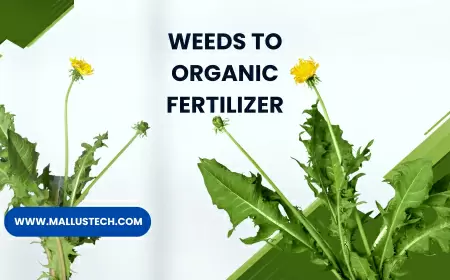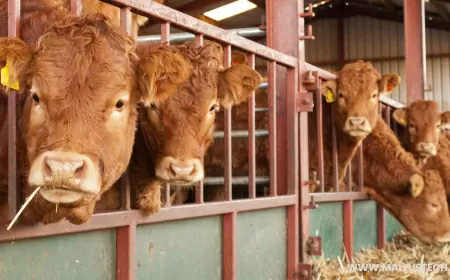How to do Azolla cultivation effectively
Azola cultivation, which is equally popular with cattle and poultry, significantly reduces production costs. Learn how to cultivate Azolla effectively.

Azola, which is known as mosquito fern in English, is a fern-like plant that floats on the surface of water. It is called 'mosquito fern' in English because mosquitoes do not grow in areas where azolla is present.
The blue-green algae called Anabaena Azolla, which lives in the cavities at the bottom of the Azolla leaf and absorbs nitrogen makes Azolla a wonder plant. Azolla is widely known as a biological fertilizer for rice. It is also an excellent organic animal feed.
The poor quality of feed and rising prices for livestock and poultry are making it difficult for farmers. In this context, the importance of azolla, which can be produced without any cost in the farmer's backyard and harvested daily, is increasing. Azolla, which can produce organic milk and eggs, is of great importance in the era when the world is moving towards organic farming. Azolla can help to reduce feed costs, increase production, and improve the quality of products such as milk, eggs, and meat.
How to grow Azolla for feed
The most cost-effective way to grow azolla for feed is to grow it on a plastic sheet. This requires a sheet that is 150 GSM and UV-stabilized. A sheet that is 9 feet long and 6 feet wide (9x6) is typically used. However, a smaller sheet that is 6x4 inches in size can also be used for those who need a smaller amount of azolla.

[ad]
Let's look at the different steps
- Step 1: Level the area to the dimensions of the sheet
- Step 2: After leveling, spread a plastic tarp on the bottom
- Step 3: Stack bricks on all four sides of the tarp to create an Azolla bed (pond for Azolla) that can hold 10 centimeters of water.
- Step 4: Spread 15 kilograms of sifted soil per square meter on the Azolla bed.
- Step 5: Mix 3 kilograms of green manure with 40 grams of azo ferrite well and pour it over the spread soil.
- Step 6: Fill the bed with water until it is 10 centimeters high. To drain excess water over 10 centimeters, reduce the height of one corner of the bed and place a wire mesh there.
- Step 7: Azolla planting - Sow one kilogram of disease-free Azolla seeds all over the prepared bed with soil, fertilizer, and water. Then, water the bed to straighten the Azolla seeds lying upside down.
- Step 8: Azolla harvesting - If the seed is good, the bed will be full of Azolla in seven days. From the seventh day onwards, 1.5 kilograms (20%) of Azolla can be harvested every day.
Feeding for cattle and poultry
To clean the harvested Azolla, rinse it thoroughly in three times water and then in four times water. Mix the washed Azolla with twice the amount of feed or bran and feed it to cattle and poultry. If the cattle are reluctant to eat at first, mix it with more feed and less azolla. Sprinkling a little salt water on the feed will encourage the cattle to eat.
How much to give to cattle and poultry?
For cows and buffaloes, one kilogram of Azolla can be given as a maintenance ration and one kilogram of Azolla for every five liters of milk as a production ration.
Broiler chickens can reduce their feed intake by 25% and laying hens by 15% by feeding azolla. It is important to remember to give twice the amount of Azolla as the feed that is being reduced.
Azolla - Many benefits
- Azolla can reduce feed by 15-20%
- The quality of milk, eggs, and meat will improve when Azolla is fed.
- Milk, egg, and meat production will increase by 10 to 20%.
- It will improve the health of cattle and poultry.
- It will improve the fertility of cows and buffaloes.
- Azolla is the only organic feed that is helpful for organic milk, egg, and meat production.
- It will relieve fatigue and stress caused by 'heat stress' in cows, chickens, etc., during summer.
- The cost of milk, egg, and meat production can be reduced by 30-40%.
Reduce feed costs and increase production
The cost of producing one kilogram of azolla is only 60-80 cents. By feeding twice the amount of fresh Azolla, which provides cattle with the protein, minerals, essential amino acids, vitamins, and other nutrients they need, the amount of feed can be reduced by up to 20% without any decrease in production.
What's Your Reaction?
 Like
0
Like
0
 Dislike
0
Dislike
0
 Love
0
Love
0
 Funny
0
Funny
0
 Angry
0
Angry
0
 Sad
0
Sad
0
 Wow
1
Wow
1


















